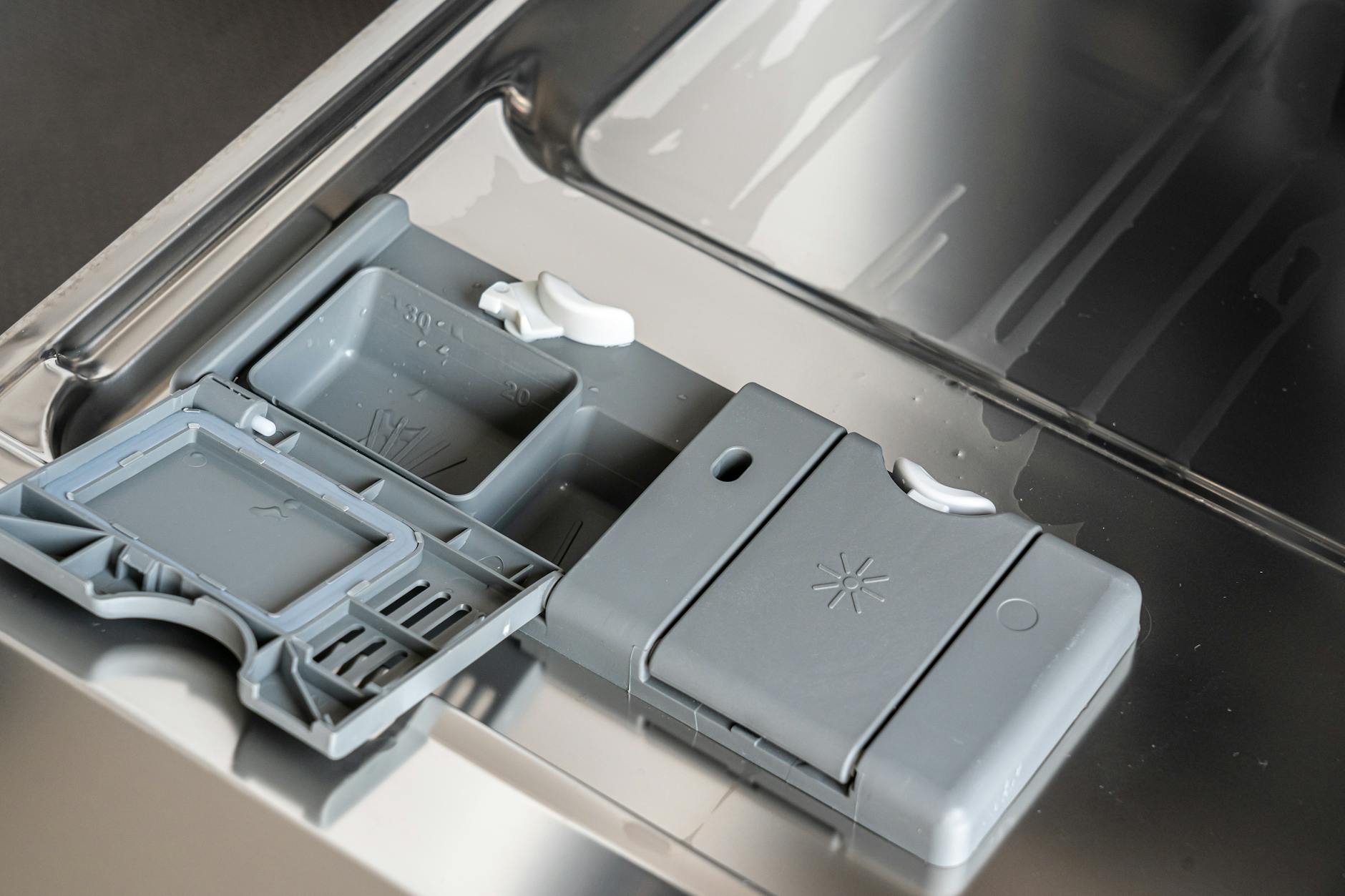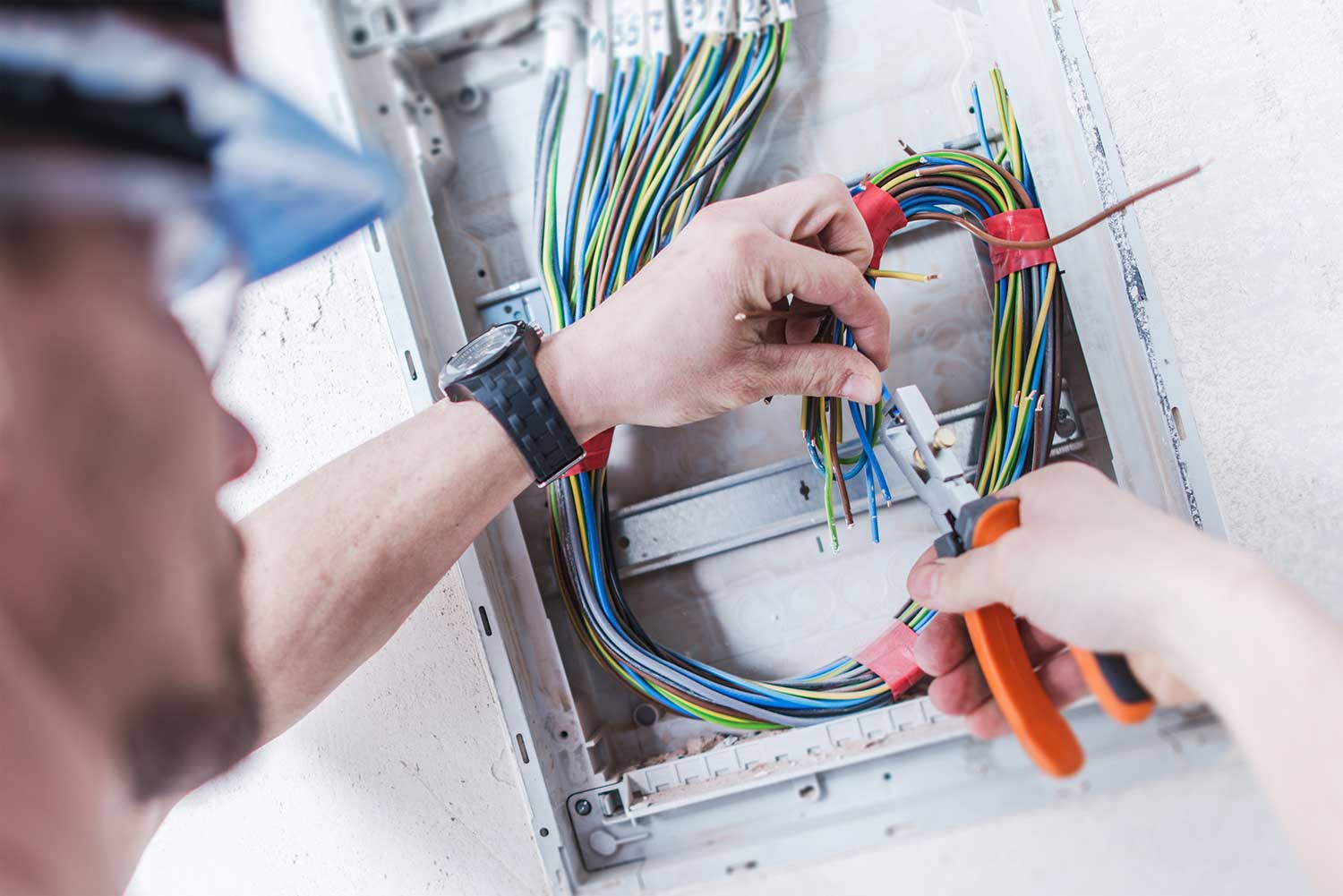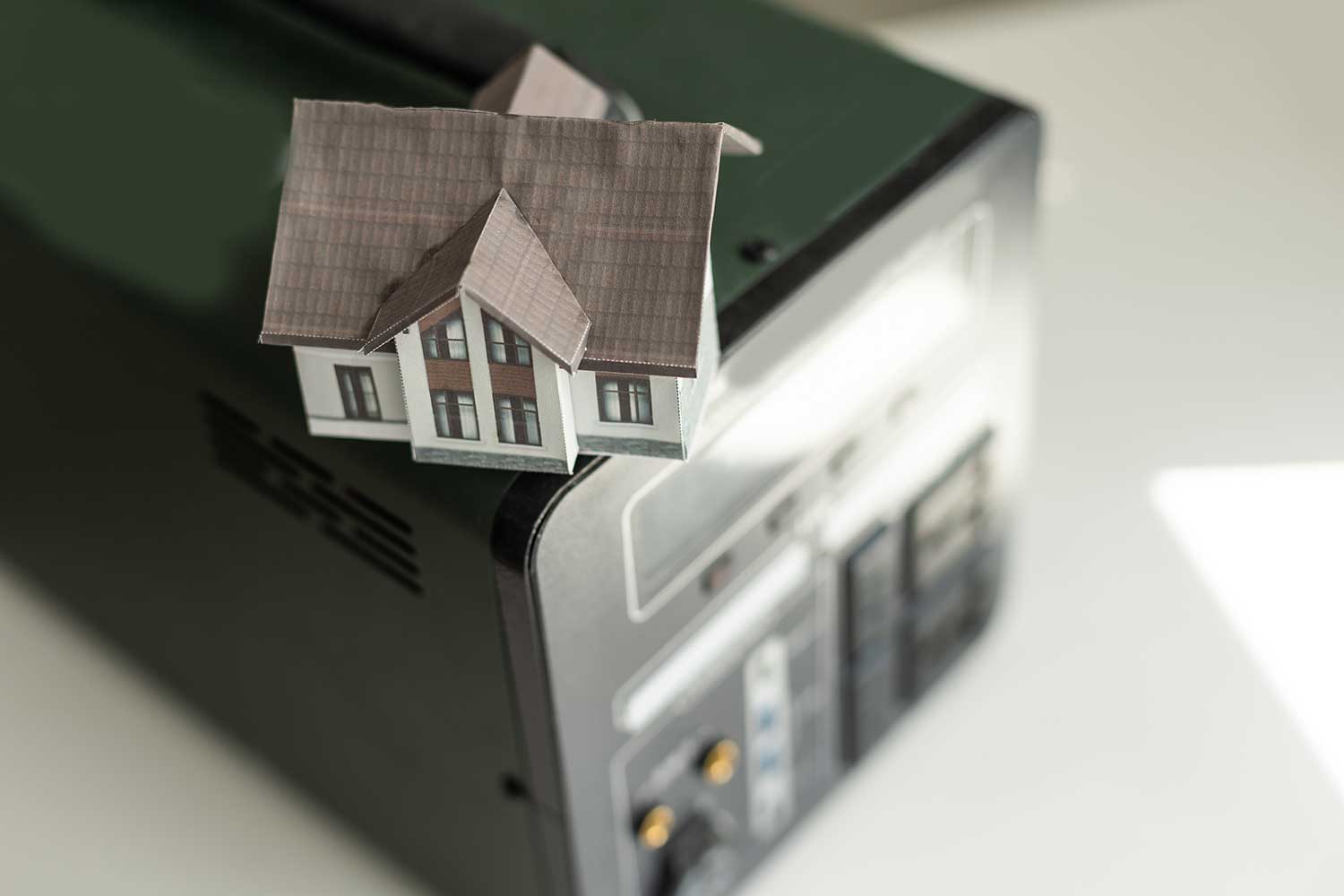Keeping your electrical appliances in top shape not only saves you money but also helps reduce waste and energy use. Everyday habits like regular cleaning, proper usage, and timely maintenance can go a long way in prolonging their lifespan. Whether it’s your refrigerator, washing machine, or smaller devices, taking care of them ensures they work efficiently and last longer. In this post, you’ll learn practical tips to protect your investment and keep your appliances running like new.
Why Appliance Maintenance is Crucial
Ensuring your electrical appliances are well-maintained isn’t just about avoiding inconvenient breakdowns. It’s about saving money, improving energy efficiency, and contributing to a more sustainable lifestyle. Routine maintenance safeguards your appliances’ performance and pays off more than you might think.
Financial Benefits of Proper Maintenance
Skipping regular maintenance can lead to a hefty price tag down the road. Minor issues, like a clogged filter or worn-out seal, may seem insignificant, but over time, they can cause major damages requiring expensive repairs—or worse—a full replacement.
- Avoid Costly Repairs: A small issue left unchecked can escalate. For example, ignoring a noisy dishwasher could eventually lead to motor failure. Addressing the problem early often costs a fraction of what large repairs or replacements would.
- Increase Lifespan: Routine checkups and cleaning keep your appliances running smoothly, helping them last longer. Replacing major appliances like refrigerators or ovens can cost thousands. Regular upkeep delays that expense significantly.
- Save on Warranty Costs: Some manufacturers require proof of regular maintenance to keep warranties valid. Neglecting your maintenance schedule could void your coverage.
Keeping your appliances in optimal condition is an investment in your home and wallet.

Photo by RDNE Stock project
Energy Efficiency and Sustainability
Well-maintained appliances don’t just operate better—they operate smarter, consuming less energy and leaving a smaller environmental footprint.
- Lower Energy Bills: Appliances like refrigerators or air conditioners with dirty filters or clogged coils use more energy to perform their tasks. Cleaning and maintaining these components improve efficiency, cutting down on electricity usage.
- Reduced Carbon Footprint: An energy-efficient appliance reduces greenhouse gas emissions. For nearly every kilowatt-hour you save, you’re contributing to a greener planet.
- Fewer Replacements, Less Waste: Tossing an old appliance into a landfill because it fell apart prematurely creates unnecessary waste. Regular care ensures a longer lifespan, reducing waste and the demand for new resources needed to manufacture replacements.
When your appliances run efficiently, you’re not just reducing your carbon footprint—you’re creating long-term savings for yourself and the planet.
Routine appliance maintenance matters, whether you’re trying to stretch your budget, reduce electricity usage, or make eco-friendly choices.
Routine Maintenance Tips for Major Appliances
Keeping your household appliances in good condition requires just a bit of regular upkeep. Proper maintenance not only helps avoid costly repairs but also ensures your appliances operate efficiently and last longer. Let’s dive into some essential care tips for major appliances to keep them running smoothly and save you time, money, and frustration.
Refrigerators: Cleaning Coils and Maintaining Seals
The refrigerator is a workhorse, running 24/7 to keep your food fresh. But did you know dirty coils and worn seals can make it work overtime?
- Clean the condenser coils: Locate the coils at the back or underneath your fridge. Use a coil brush or vacuum to remove dust and debris every 6–12 months. This simple step can significantly improve cooling efficiency and reduce energy consumption.
- Inspect and clean door seals: Wipe the seals with warm, soapy water regularly to remove dirt and prevent cracking. If the seal doesn’t grip tightly, use the paper test—close the door on a piece of paper and check if it stays in place. Replace damaged seals immediately to avoid energy waste.

Photo by Mizuno K
Washing Machines: Avoiding Overloading and Inspecting Fill Hoses
Your washing machine handles heavy lifting, but overloading it or ignoring maintenance can lead to serious problems.
- Don’t overload the machine: Too many clothes strain the motor and suspension, leading to premature wear. Follow the appliance’s load recommendations for the best performance.
- Inspect hoses for leaks or cracks: Check your machine’s fill hoses annually for any signs of damage. Replace them every 3 to 5 years or sooner if you spot issues. Opt for stainless steel-braided hoses for increased durability.
Dishwashers: Cleaning Filters and Seals
A well-maintained dishwasher ensures consistently clean dishes and avoids unpleasant odors or clogs.
- Clean the filter: Empty the filter regularly to prevent debris buildup. Most models have an accessible filter beneath the lower spray arm. A quick rinse under running water usually does the trick.
- Check and clean seals: The rubber gasket around the door ensures water doesn’t leak out during a cycle. Wipe it down with a damp cloth monthly to prevent dirt and mold.
- Inspect spray arms: Spin the spray arms and unclog any blocked holes with a toothpick to maintain water flow.
Ovens and Stoves: Avoiding Self-Clean Features and Cleaning Burners
Ovens and stoves can accumulate grime quickly, reducing heating efficiency and posing safety hazards.
- Skip the self-cleaning option: While convenient, extreme heat from the self-clean cycle can strain internal components over time. Instead, clean manually with a baking soda and water paste or an appliance-safe cleaner.
- Keep burners residue-free: For gas stoves, regularly remove and soak the burner grates in warm, soapy water. For electric stoves, wipe burners as soon as they cool to avoid stubborn stains. Proper care keeps your heating elements efficient and safe.
Small Appliances: Regular Cleaning and Proper Storage
From toasters to coffee makers, small appliances also need attention to maintain their performance.
- Keep them clean: Wipe down external surfaces and clean removable components such as blender jars or food processor blades after each use. For coffee makers, run a descaling solution monthly to prevent mineral buildup.
- Store in a cool, dry place: Avoid leaving appliances in damp basements or areas with drastic temperature changes. Proper storage protects electrical components and prevents rust.
Routine maintenance doesn’t have to feel overwhelming. Tackle these tasks periodically to keep your appliances working in tip-top shape for years.
Common Mistakes That Damage Appliances
Taking care of your appliances is more than just routine cleaning or turning them off when not in use. Sometimes, common habits you don’t think twice about can lead to their premature breakdown. Let’s go over some of the most frequent mistakes that can wear out your appliances quickly and how you can avoid them.
Overloading Machines
Overloading is one of the easiest ways to damage your appliances over time. When you pack too many clothes into your washing machine or dryer, it puts undue strain on the motor and suspension system. This not only reduces efficiency but also causes parts to wear out more quickly. Similarly, overstuffing your dishwasher can block water jets, preventing an even clean and forcing the machine to work harder.
How can you avoid this? Stick to the load limits in your machine’s manual. Splitting larger loads into smaller batches may take more time, but it saves your appliance from an unnecessary workout, improving its long-term performance.
Ignoring Manufacturer Guidelines
Skipping over the manufacturer’s recommendations is more common than you might think. Whether it’s using the wrong settings, skipping maintenance schedules, or ignoring warnings, these actions contribute to avoidable damage. Manufacturers design appliances with specific operating parameters; neglecting these shortens their lifespan.
Instead of winging it, take a few minutes to read the user manual. For example, incorrect temperature settings in your oven could lead to uneven cooking and excess wear on the appliance’s heating elements. Following guidelines ensures that the appliance runs as intended and doesn’t burn through its components prematurely.
Irregular Cleaning Routines
Maintaining a cleaning routine isn’t just about keeping things looking good—it directly affects your appliances’ performance. For instance, a dishwasher clogged with grease and food debris won’t clean dishes properly and risks damaging internal mechanisms. Similar issues occur with other appliances, such as refrigerators with dirty condenser coils, which lead to higher energy consumption and overheating.
Set a calendar reminder or create a checklist for periodic cleaning tasks. Whether it’s removing lint from your dryer or clearing food traps in your dishwasher, these small steps prevent larger headaches down the road.

Photo by Castorly Stock
Using Incorrect Cleaning Products
While cleaning is essential, doing it wrong can cause more harm than good. Harsh chemicals, abrasive scrubbers, or the wrong products can wreck sensitive parts of your appliances. For instance, using standard glass cleaner on stainless steel can lead to dull, scratched surfaces. Similarly, bleach-based products in your washing machine might damage rubber seals over time.
Always use cleaning materials recommended by the manufacturer. Products labeled as “appliance safe” are worth the investment to avoid expensive repairs or replacements. Finally, steer clear of DIY cleaning solutions unless you’re sure they won’t harm the appliance’s components.
Preventing these common mistakes takes just a little effort and awareness. It’s all about forming better habits that let your appliances perform as they should, saving you money and frustration in the process.
The Role of Surge Protectors and Power Management
Safeguarding your appliances from power fluctuations is essential if you want to maximize their lifespan. While cleaning and regular maintenance play a role, using tools like surge protectors and voltage regulators offers critical protection against one of the unseen culprits of appliance damage: electrical surges. Let’s explore why these devices matter and how to use them effectively.
How Power Surges Affect Appliances
Picture this: a sudden thunderstorm rolls in, and the next thing you know, your microwave is no longer functioning. That’s the impact of a power surge.
Power surges are abrupt spikes in electrical voltage that can travel through your home’s wiring system. These surges are caused by various factors, including lightning strikes, power grid fluctuations, or even the switching on and off of large electrical devices like air conditioners. The standard household voltage in the U.S. is 120 volts, but during a surge, voltage can exceed 169 volts or more, putting your appliances at serious risk.
When a surge occurs, the internal components of your appliances are exposed to excessive voltage. This can:
- Burn out or fry sensitive parts like circuit boards and microprocessors, leading to instant damage.
- Shorten the lifespan of appliances, as repeated surges degrade their components over time.
- Interrupt functional parts, such as the compressors in refrigerators or the heating elements in ovens, making them less efficient or inoperable.
Even small, repetitive surges—often caused by internal load cycling (like heavy appliances turning on)—can lead to a gradual decline in performance. Protecting against these fluctuations isn’t just proactive; it’s absolutely essential for keeping your appliances in working order.
Choosing and Using Voltage Regulators
Surge protectors are more than just fancy power strips. They save your appliances from unexpected voltage spikes by redirecting excess electricity safely to the ground. Meanwhile, voltage regulators go a step further: they stabilize inconsistent power to ensure your devices always receive the appropriate voltage level.
Here’s how to pick the right tools for your home:
- Surge Protectors: For general household use
Look for a surge protector with a high joule rating. The joule rating measures how much energy the device can absorb before failing. A higher rating offers better protection, especially for sensitive electronics like TVs, smart home devices, and computers. Additionally, check the clamping voltage; the lower it is, the faster the surge protector will kick in to prevent damage. - Voltage Regulators: For high-powered appliances
Voltage regulators are ideal for appliances like refrigerators, washing machines, or HVAC systems. These appliances draw significant current and are more susceptible to damage from power dips and spikes. Choose a regulator designed to handle the wattage and operational load of your device. Make sure it complies with safety standards like UL Certification for reliability. - Whole House Surge Protection
For maximum safety, invest in a whole-home surge protector installed at your electrical panel. This system protects your entire house from external surges caused by lightning or grid disturbances, making it an excellent complement to point-of-use surge devices.
When setting up surge protectors or regulators:
- Plug sensitive devices (like TVs and gaming consoles) into dedicated surge protectors. Don’t mix them with heavy-duty appliances like air conditioners, as this can overload the device.
- Keep surge protectors and voltage regulators in well-ventilated areas to prevent overheating.
- Replace older surge protectors every three to five years or after a major surge incident—they degrade over time and lose effectiveness.

Photo by Ksenia Chernaya
By investing in proper power management, you’re not just preventing sudden appliance failures—you’re extending their lives dramatically. It’s a small effort that delivers big returns.
Signs It’s Time to Replace Your Appliance
Even with regular maintenance and proper care, every electrical appliance has a shelf life. Knowing when to replace aging equipment can save you costly repairs, prevent safety hazards, and reduce energy waste. If you’ve noticed issues creeping up, these signs might indicate it’s time to upgrade.
Frequent Breakdowns and Repairs
Are you constantly calling the repair technician or troubleshooting the same appliance issues? If so, it’s time to consider whether the cost of repairs is worth it.
Frequent malfunctions point toward deteriorating internal components, especially for appliances nearing the end of their expected lifespan. For example:
- Washing machines and dryers may have trouble spinning, draining, or heating.
- Dishwashers might repeatedly leak or fail to clean effectively.
- Refrigerators could struggle to maintain temperature, risking food spoilage.
A general rule of thumb: If repairing your appliance costs more than 50% of the price of buying a new one, it’s usually more cost-effective to replace it. Besides, today’s ENERGY STAR-certified models can cut energy bills and provide better reliability.

Photo by Dmitry Zvolskiy
Rising Energy Costs and Poor Performance
Have your utility bills started creeping up? That could be a red flag. Older appliances often become less efficient over time due to wear and outdated technology. For instance:
- A refrigerator with failing seals or clogged components has to work harder, driving up electricity consumption.
- Dryers with poor heating elements might repeatedly run cycles longer than needed.
- Older ovens and stoves may heat unevenly or take longer to reach the desired temperature.
Small inefficiencies add up, leaving you with higher bills each month. If your appliance lacks modern energy-saving features or its performance is noticeably sluggish, upgrading could provide both financial and functional benefits.
Visible Wear and Rust
The outside condition of your appliance speaks volumes about its health. Rust, cracks, or physical damage are often symptoms of deeper internal degradation. Over time, rust can spread to critical components, causing malfunctions and even safety risks. Examples include:
- Dishwashers and washing machines leaking due to rusted outer panels or deteriorating gaskets.
- Microwaves with rust inside the cavity, which can lead to dangerous arcing.
- Water heaters showing rusty water outputs, signaling internal tank corrosion.
While cosmetic flaws might seem minor, they usually reflect wear that compromises functionality. When visible damage starts to impact usability or safety, a replacement is a safer option.
Knowing the signs of appliance aging helps ensure you make an informed decision. Replacing worn-out machines allows you to take advantage of more efficient technology, ultimately saving money and energy in the long term.
Conclusion
Protecting your electrical appliances starts with simple, consistent habits. Regular cleaning, timely maintenance, and mindful usage can ensure they run efficiently for years to come. Avoid common mistakes like overloading or ignoring manufacturer recommendations, as these small changes can make a big difference.
Investing in tools like surge protectors or voltage regulators adds an extra layer of protection, safeguarding your appliances from power fluctuations. And when an appliance shows signs of wear or inefficiency, knowing when to replace it saves you both money and frustration.
By cultivating these practices, you’re not just extending the life of your appliances—you’re saving energy, reducing waste, and protecting your budget. How will you start caring for your appliances differently today?




